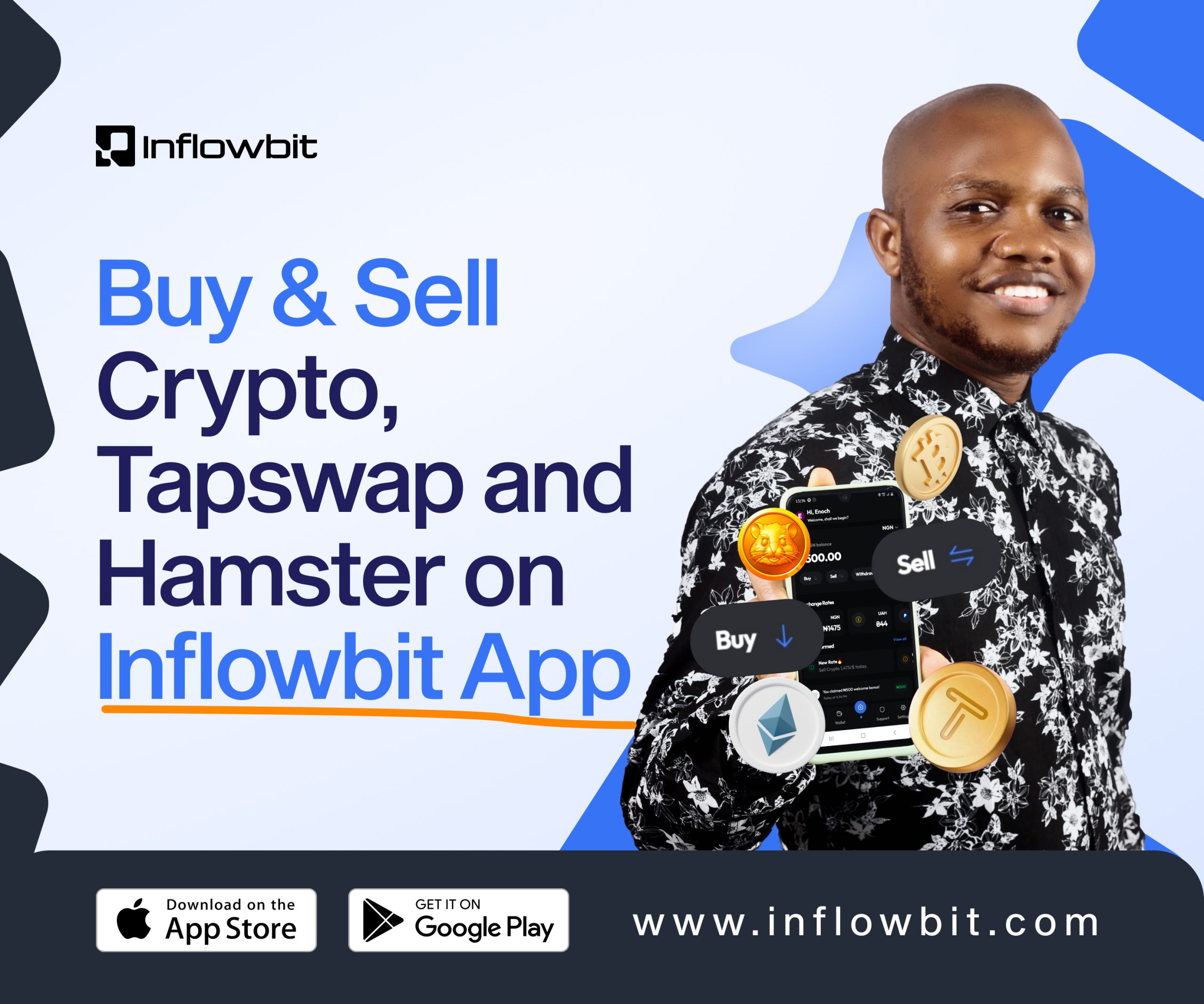Creating a Sales Funnel: A Step-by-Step Guide
Introduction
A sales funnel is a strategic marketing process that guides potential customers through a series of steps, converting them into paying customers. A well-designed sales funnel can significantly improve your conversion rates, increase revenue, and enhance customer satisfaction.
Understanding the Sales Funnel Stages
A typical sales funnel consists of five stages:
- Awareness (Lead Generation)
- Interest (Lead Nurturing)
- Desire (Consideration)
- Action (Conversion)
- Retention (Customer Loyalty)
Step 1: Awareness (Lead Generation)
The awareness stage focuses on attracting potential customers to your brand.
- Identify target audience
- Create valuable content (blog posts, videos, podcasts)
- Utilize social media and advertising (Facebook, Google, LinkedIn)
- Offer free resources (eBooks, webinars, templates)
Step 2: Interest (Lead Nurturing)
The interest stage builds relationships with potential customers.
- Build email list
- Send targeted newsletters and promotions
- Provide educational content (case studies, whitepapers)
- Host webinars or workshops
Step 3: Desire (Consideration)
The desire stage showcases your product/service benefits.
- Showcase product/service benefits
- Share customer testimonials and reviews
- Offer free trials or demos
- Provide exclusive offers and discounts
Step 4: Action (Conversion)
The action stage converts leads into paying customers.
- Create a clear call-to-action (CTA)
- Optimize landing pages for conversions
- Streamline checkout process
- Offer upsells and cross-sells
Step 5: Retention (Customer Loyalty)
The retention stage ensures customer satisfaction and loyalty.
- Deliver exceptional customer service
- Offer loyalty programs and rewards
- Gather feedback and improve products/services
- Encourage referrals and word-of-mouth marketing
Tools for Creating a Sales Funnel
- Website builders (WordPress, Wix, Squarespace)
- Email marketing software (Mailchimp, Constant Contact)
- Marketing automation tools (HubSpot, Marketo)
- CRM software (Salesforce, Zoho)
- Analytics tools (Google Analytics, Mixpanel)
Best Practices
- Map customer journey
- Set clear goals and metrics
- Test and optimize funnel stages
- Focus on customer experience
- Continuously monitor and improve
Sales Funnel Examples
- E-commerce: Amazon, Shopify
- SaaS: HubSpot, Salesforce
- Coaching/Consulting: Tony Robbins, McKinsey
- Affiliate Marketing: ClickBank, Commission Junction
Common Sales Funnel Mistakes
- Lack of clear CTAs
- Insufficient lead nurturing
- Poor landing page optimization
- Inadequate customer support
- Failure to track and analyze metrics
Conclusion
Creating a sales funnel requires strategic planning, execution, and continuous optimization. By understanding the sales funnel stages, using the right tools, and following best practices, you can significantly improve your conversion rates and revenue.
Additional Resources
- Sales Funnel Strategy (HubSpot)
- The Ultimate Guide to Sales Funnels (Unbounce)
- Sales Funnel Optimization (Crazy Egg)












